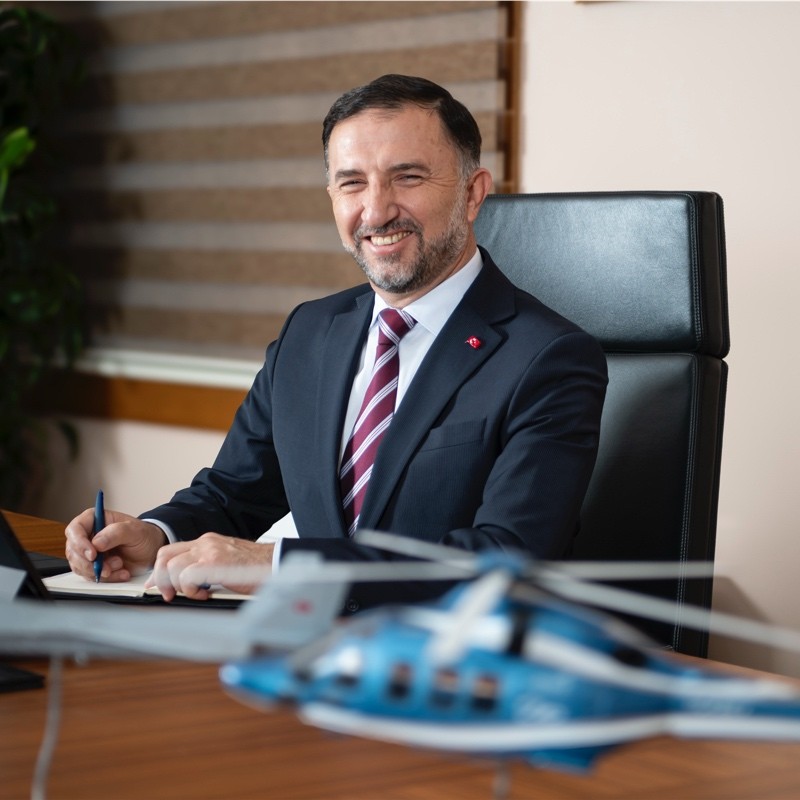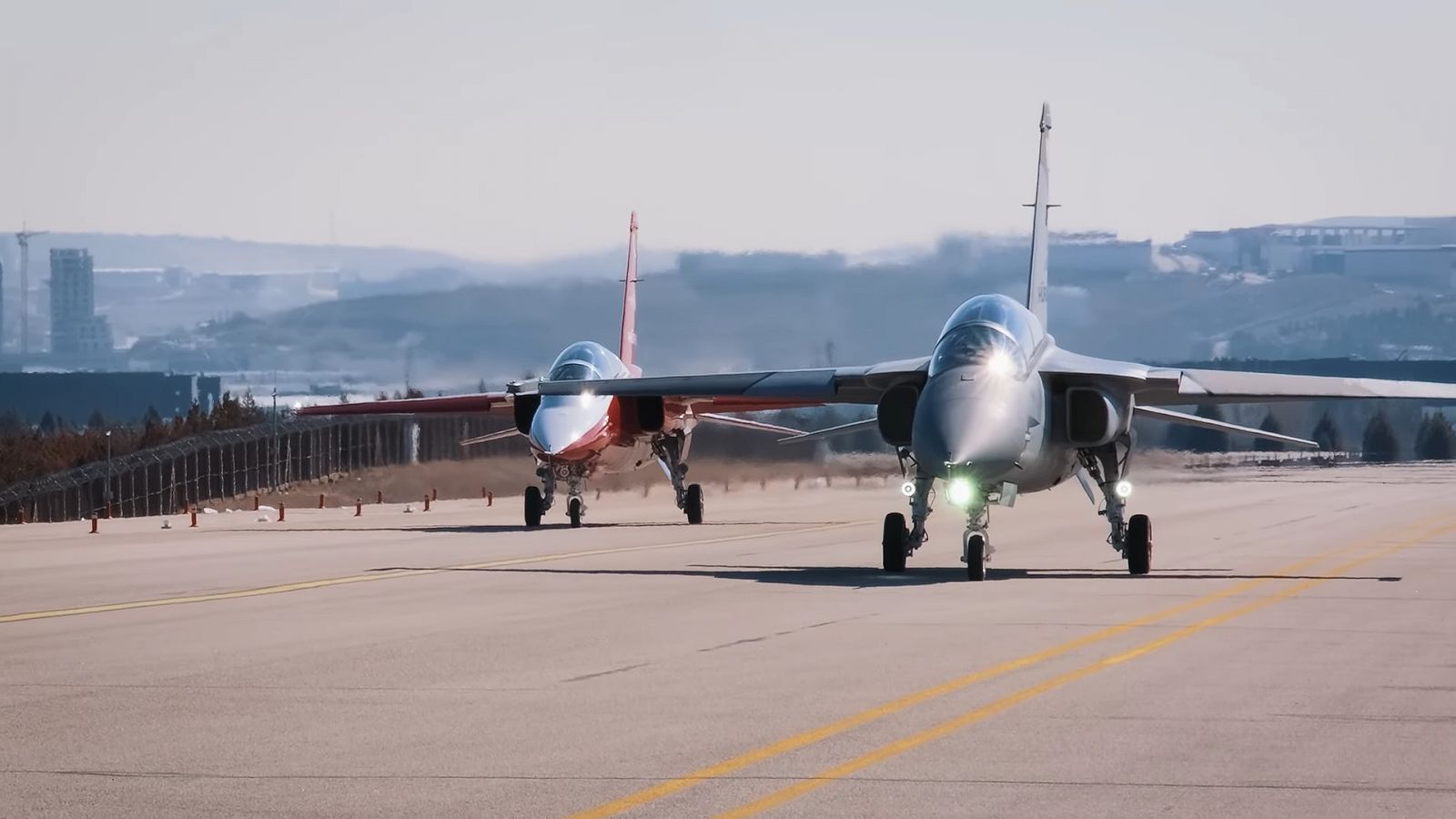Date: November 21, 2025 Update: November 21, 2025
On October 28, Spain’s Council of Ministers officially launched the procurement of 45 new training aircraft under the Integrated Training System – Combat (ITS-C) to replace the Air and Space Force’s aging SF-5M fleet, authorizing a contract valued at approximately €3.12 billion.

In the Council’s announcement, the new system (HÜRJET) was described as essential for training pilots who will serve on Spain’s modern combat and strike aircraft. Deliveries are planned to begin in 2028, with the first aircraft entering service in the 2029/2030 training year. The HÜRJET fleet is expected to remain in service for at least 30 years, and the aircraft will be based at Talavera la Real Air Base in Badajoz.

The Spanish Ministry of Defence’s modernization initiative, triggered by the imminent retirement of the SF-5M fleet, aims to strengthen the Air and Space Force’s training capabilities with a next-generation platform. In line with this effort, TUSAŞ signed a memorandum of understanding in May with more than ten Spanish companies to jointly develop the aircraft and tailor it to Spain’s needs. The Spanish side of the program is being coordinated by Airbus Defence and Space (ADS).

“Both sides have set a shared timeline, and significant progress has been achieved”
DEMİROĞLU emphasized that a mutual roadmap has been established and all industrial stakeholders have been clearly identified. He described the framework agreements signed with Airbus as “the first step of industrial cooperation.” Highlighting that export programs require gradual advancement, DEMİROĞLU stated, “Today, both countries have built a strong foundation. We are closer than ever to taking the first step.” He underlined that TUSAŞ is fully prepared to advance to the next stage and noted that the final timeline will be publicly announced in the coming months.

“Spain’s expanded order: 45 aircraft”
DEMİROĞLU noted that HÜRJET is a platform entirely developed by Turkish engineers and technicians, and added that Spanish industry could also be involved in the project for the Spanish configuration. He said that industrial participation and workshare will be finalized during subsequent negotiations, adding, “Wherever it serves, HÜRJET will deliver high performance and first-class capability.”

“Current development status and Türkiye’s initial deliveries”
Discussing the aircraft’s development status, DEMİROĞLU stated that HÜRJET’s flight tests are being closely monitored, with two prototypes having completed 330 test flights and accumulated 228 flight hours. He highlighted that the fact that both the Turkish and Spanish Air Force Commanders personally flew the aircraft demonstrates the growing confidence in the platform. As flight-envelope testing progresses, the procurement process for the Turkish Air Force has expanded into a broader program. The Turkish Air Force currently has an official order for 16 aircraft (4 Block 0 prototypes and 12 Block 1 serial production aircraft) along with an additional 12 already under contract. According to the plan, the training variant will enter service first, followed by the Turkish Stars configuration. The Secretariat of Defence Industries’ 2024–2028 Sectoral Strategy Document identifies 2027 as the target for the start of deliveries; however, according to DEMİROĞLU, TUSAŞ is aiming for 2026 for the first delivery to the Turkish Air Force. Türkiye’s long-term modernization plans foresee the gradual induction of 100 HÜRJETs in various configurations. Preparations are underway for an initial serial-production order of 40 aircraft, while the Turkish Naval Forces Command is pursuing a separate procurement package, with 24 aircraft currently under evaluation.
DEMİROĞLU stated that the variant and configuration details of Spain’s 45-aircraft order will be disclosed upon the signing of the contract, and confirmed that TUSAŞ has the capability to adapt the aircraft to new mission requirements. The delivery schedule will be officially announced once the contract enters into force.